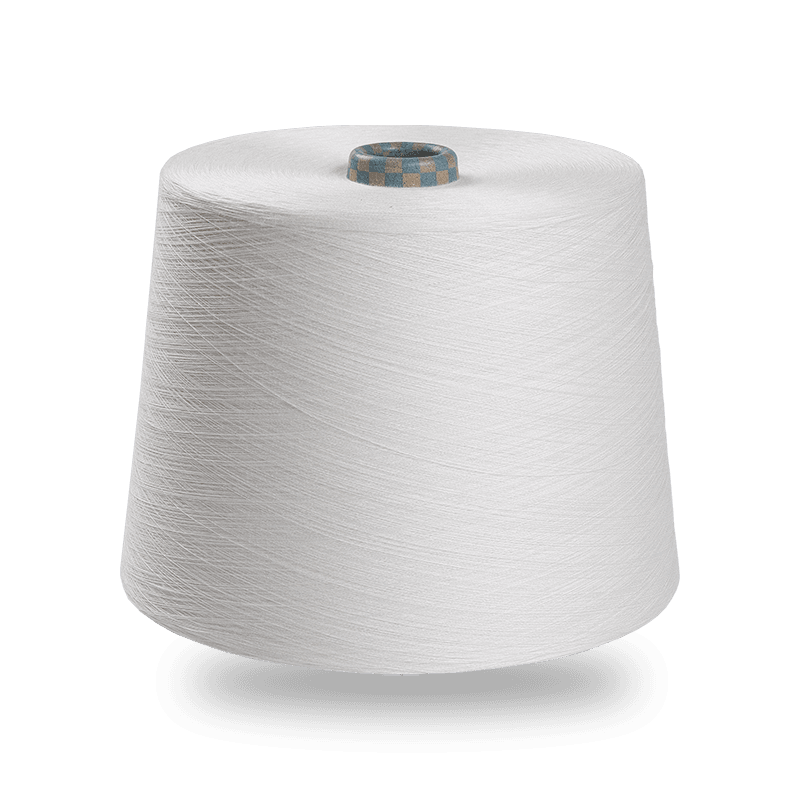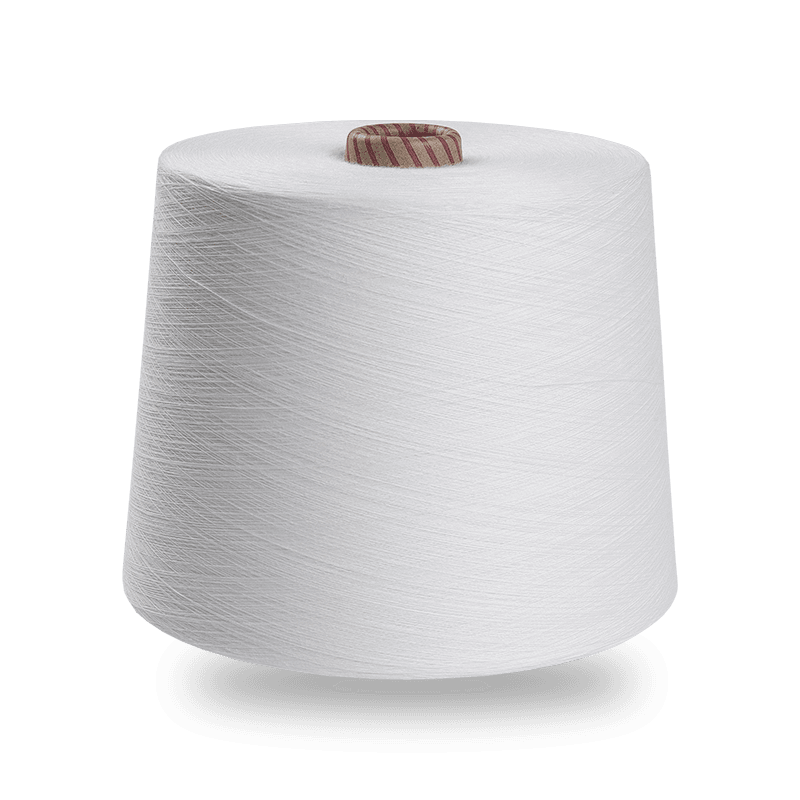Nylon is the trade name of polyamide fiber, and nylon is a term for polyamide fiber (nylon), which can be made into long fiber or short fiber. Its basic constituent material is an aliphatic polyamide connected by an amide bond—[NHCO]—.
Polyamide (nylon) has high strength after melt spinning and is mainly used to make synthetic fibers. Its abrasion resistance is high, adding some polyamide fibers to the blended fabric can greatly improve its abrasion resistance; when stretched to 3-6%, the elastic recovery rate can reach 100%; it can withstand tens of thousands of times of bending Without breaking.
About the main points of washing and protecting nylon? Let’s find out:
1. The detergent requirements are not high, and the water temperature should not exceed 40 degrees, so as to avoid the temperature is too hot and out of shape;
2. Do not rub violently during washing to avoid small hair balls;
3. Wash light-colored fabrics several times after washing, otherwise it will turn yellow over time;
4. Avoid exposure to the sun and drying, and dry in the shade;
5. Nylon has poor heat resistance, so it should be ironed at low temperature and steam must be used instead of dry ironing.
Nylon has a dull luster, the surface feels like a layer of wax, and the color is not bright. The hand feels stiff, and the fabric is loosened after being squeezed tightly. There are creases and can slowly return to its original shape. The warp and weft yarns have high fastness. Nylon is easy to deform under external force, so its fabric is easy to wrinkle during wearing, and the fabric is not stiff. Therefore, nylon is often blended or interwoven with other fibers to improve the strength and fastness of the fabric.


 English
English 中文简体
中文简体 Español
Español عربى
عربى











